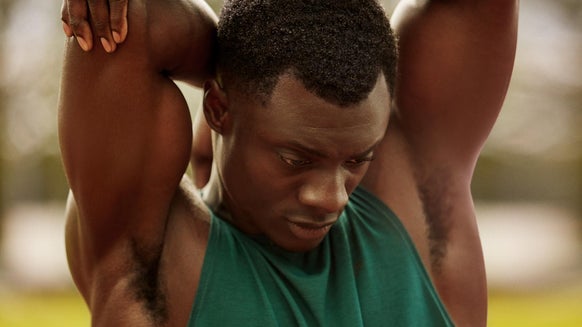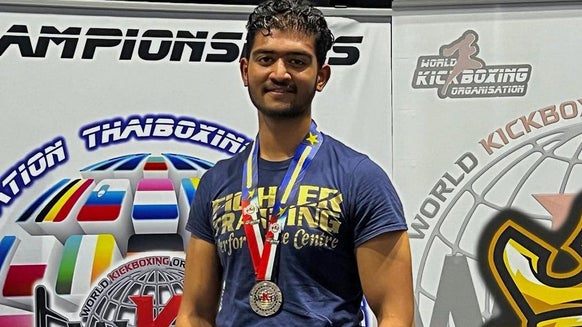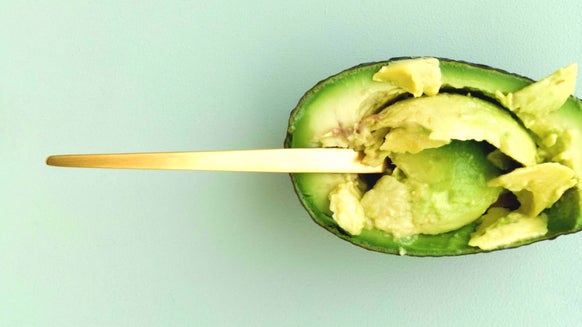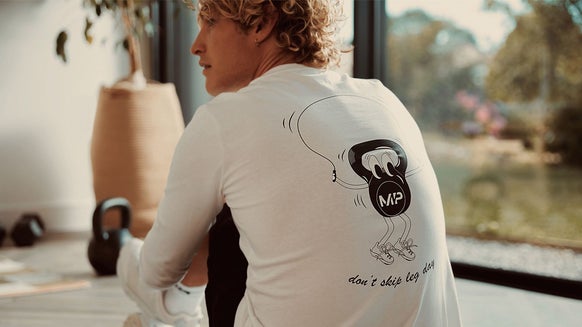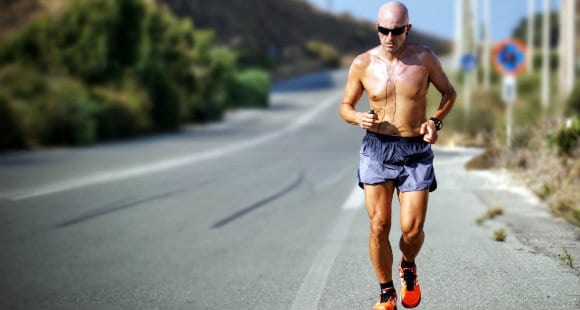
Dealing With Shin Splints
Shin injuries are common, particularly for new and experienced runners, but once you’ve identified the cause of any shin pain there are a few things that you can do to get you on your feet again.
Common reasons for shin pain include Achilles Tendonitis, shin splints and calf muscle injuries. Shin splint is a term that is generally used to describe shin pains from impact during exercise. These symptoms occur in the front inside of your shin bone. Anterior compartment syndrome, also known as anterior shin splints are caused by the big muscle on the outside front of the lower leg becoming too big for the sheath that surrounds it, causing pain.
Shin splints usually affect new runners, and people who don’t run very often, so you’re at an increased risk if you let your routine slip. This isn’t a warning against jogging, but rather a heads up to not sprint before you can walk. As with all muscle training and development, you wouldn’t presume to go from little to no weight training to lifting heavy weights without building step by step to get you there.
The first thing to bear in mind then is consistency, closely followed by rest. Regular training will build your muscles and get your shins used to the impact. Before you set off on an aimless run with the good intentions of a healthy heart, muscle tightening and calorie burning, make sure that your trainers fit properly and that they provide the right support.
Another issue to look out for may be your form. If you’re running in a way that places too much strain on your shins – either too flat footed or too high up on your toes – concentrate on rectifying this with smooth, long strides so that your weight is shared along with your muscles and curve of your falling/ rising foot. To strengthen your shins you need to develop the muscles that support them, which means leg muscle exercises. Compound lifts use several muscle groups at once.
? Squats
? Deadlifts
? Calf raises
? Leg presses
If you’re feeling strung out because shin injuries have put a dampener on your usual cardio exercise routine, there are some things you could still try. No two injuries are exactly the same and will affect people differently, so it’s important that you seek medical advice in the first instance. If you are on the mend or looking for ways to exercise and avoid the impact of treadmills, steppers and outdoor running, these low impact exercises will strengthen your muscles improve your endurance and cardio vascular health without bothering your shins too much:
? Swimming
? Cycling
? Cross trainer
The latter two are low impact exercises because your feet don’t leave the paddles.
And that’s not all you can do. As well as resting and avoiding impact on your shins, some people favour compression clothing – particularly compression socks. These are not cures for any physical conditions, but as with many muscle injuries rest, ice, elevation and compression are keys to recovery. Compression essentially works by preventing further stress, especially where the impact is a concern. Further to this, you should stretch your muscles to avoid tightness.



